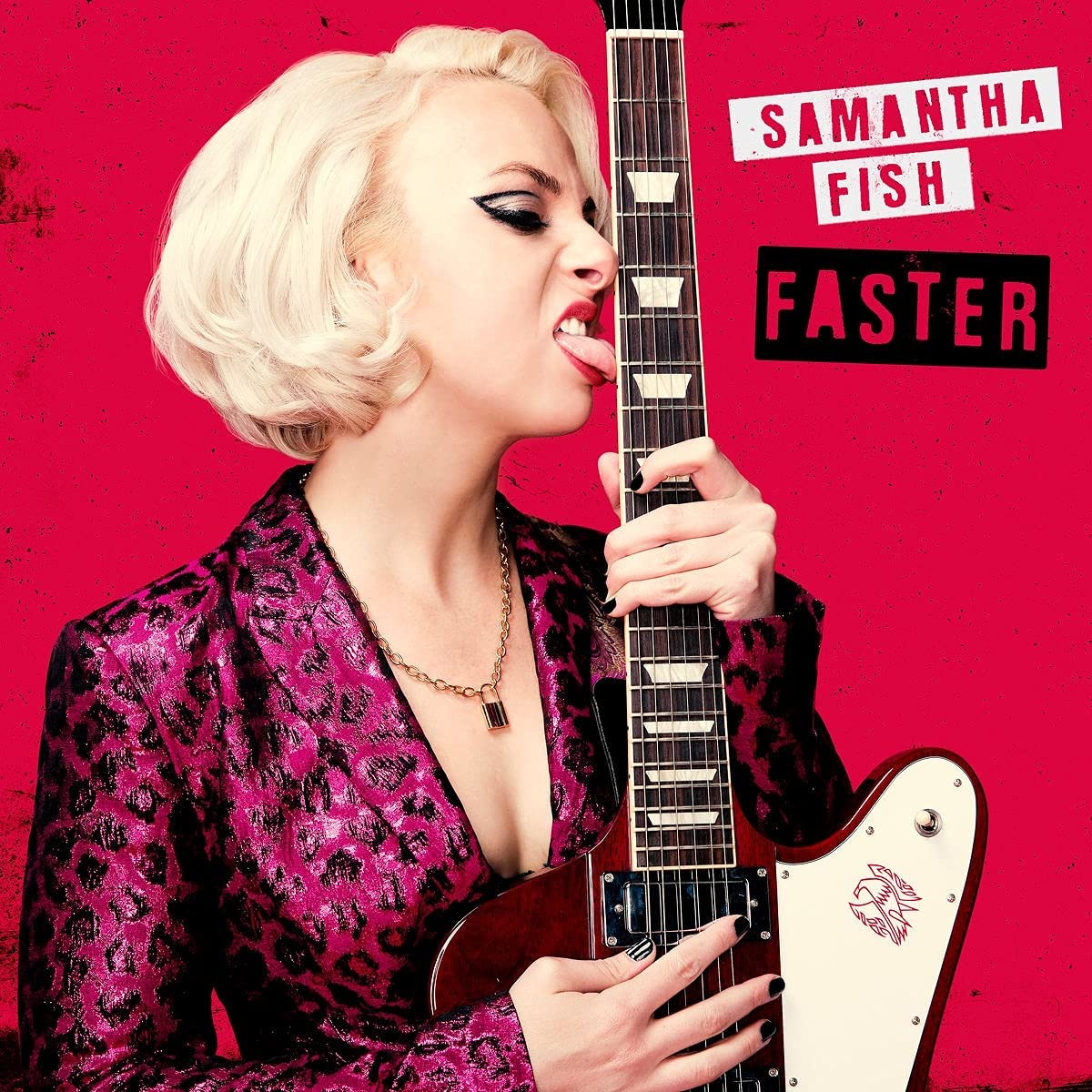Samantha Fish’s Top Five Tips for Inspired Soloing
The blues chanteuse offers these pointers to help your guitar solos stand out.

With each album, Samantha Fish finds new places to take her songwriting and electric guitar playing. That same adventurous spirit also informs how she constructs her solos. Here are her tips for getting started…
1) Find Your Entry Point
“I like to do a slow bend, just to kind of bring myself in, because it just gives you that second, that pause. I’ve kind of gotten out of the format of soloing over the exact changes of what I’ve been singing over all the time.
“Sometimes it’s cool to put the solo in a completely different key or drop it down. We did that a couple times on the new record [Faster]. It is sort of jarring and shocking, but it gives a new place for the guitar to live.”
2) Start Slowly
“Don’t start off ripping and roaring. You don’t want to begin at 100, otherwise you have nowhere to go. Leave yourself some room to go somewhere; slow-hand it. I think sometimes it’s hard for people, younger players maybe, to take those pauses, but that’s something that you have to do. It’s good to be disciplined in that way.”
3) Or Don’t
“If I’m doing something bluesier, I like to break it down and focus on bends and vibrato, and really talk to people. Then you can build and build and build. And then, some songs, it just feels right to just go bam, right into your loudest, most aggressive setting on your pedals. I still like to take my time with the notes at that point. Even if I come in aggressive, there has to be an arc to the solo.”
4) Sing It
“It should feel like you’re speaking, especially if you’re a blues guitar player. I think taking pauses is just as important as any note you play, because it’s like when you’re talking – you take breaths, there are pauses. The guitar should be like that too. It’s just an extension of your voice.
“I like to start with a melodic motif. It’s another hook in the song. You want to introduce it and then play around with it, and then reintroduce it again, sometimes as this ‘aha’ moment. I’ve noticed when I’m playing onstage, if I do it just right, people go crazy. I think that’s the whole point. I’m trying to make people latch onto this to make them feel something.”
5) Pedals Can Inspire
“The song ‘Bulletproof’ [from Kill or Be Kind] has a middle solo and then an outro solo, and it’s on a four-string cigar-box guitar, so I feel sometimes a little limited with what I can do. I utilize different pedals with it, like an octave or fuzz. You can really color your sound to be different in that way. Pedals are meant to inspire, trigger new ideas. Sometimes, if I have multiple solos in a song, I’ll use the stuff at my feet to give me a new direction to follow.”

Buy Samantha Fish’s latest album – Faster – here.
Get The Pick Newsletter
All the latest guitar news, interviews, lessons, reviews, deals and more, direct to your inbox!
Jim Beaugez has written about music for Rolling Stone, Smithsonian, Guitar World, Guitar Player and many other publications. He created My Life in Five Riffs, a multimedia documentary series for Guitar Player that traces contemporary artists back to their sources of inspiration, and previously spent a decade in the musical instruments industry.
“I knew he was going to be somebody then. He had that star quality”: Ritchie Blackmore on his first meeting with Jimmy Page and early recording sessions with Jeff Beck
“He used to send me to my room to practice my vibrato.” His father is the late Irish blues guitar great Gary Moore. But Jack Moore is cutting his own path with a Les Paul in his hands











